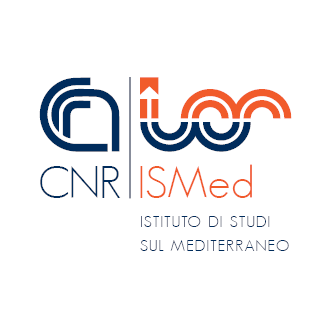The Agri_Cultural District. Theories and practices of local development
Coordinator: Pietro David
Key words: Local development, Cohesion policy
Abstract
The choice of this theme, as a thread of studies of the Research Unit of Bagheria (PA) of ISMed can be traced back to two orders of reasons. To the first one they make reference the considerations for which for a long time the economic science, like discipline that studies the interrelationships between economic operators finalized to the production and the consumption of goods, has not been interested to the cultural goods.
To the second order of reasons they attends, instead, those considerations that identify between the ways of the local development, that one that passes from the valorization and fruition of the cultural patrimony in general and of the local identities, in particular.
Starting from these considerations, the studies that are intended to be carried out are linked, therefore, to that line of analysis and research that identify among the ways of local development, even that which passes from the enhancement of cultural heritage and, in particular, of local identities.
Object of the research is the investigation of the potential of the model of district “Agri-Cultural”, engine of a local economic development of a vast area on which falls a cultural attraction (archaeological site, monumental heritage, etc.).
Goals
In the territory headquarters of the URT ISMED, organizations and institutions that consider the proposed model an opportunity, have already put into practice the idea described: research organizations, educational institutions, local authorities, companies that insist on the same territorial area and where, in fact, falls an important archaeological site (the Phoenician city of Solunto) has already been tested and worked on for over 2 years. If integrated within the district, the definition of which is supported by an accurate territorial analysis, the places of cultural and environmental interest could enhance its tourist attractiveness by encouraging the birth and / or development of agricultural and agribusiness together with cultural and creative enterprises in the area. Within the district, even the food and wine culture, the paths and itineraries already existing, would acquire more value because inserted in a territorial system that focuses on the interaction between man and the environment.
Last update
14 November 2023, 16:36

 CNR – ISMed
CNR – ISMed